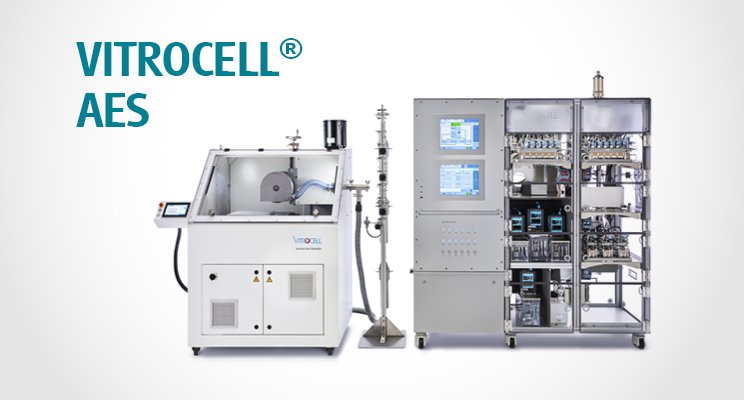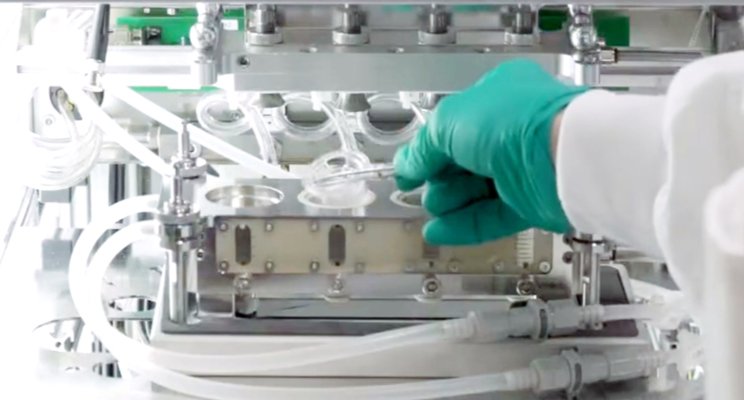Hedwig M. Braakhuis1, Ruiwen He1,2, Rob J. Vandebriel1, Eric R. Gremmer1, Edwin Zwart1, Jolanda P. Vermeulen1, Paul Fokkens1, John Boere1, Ilse Gosens1, Flemming R. Cassee1,2
1National Institute for Public Health and the Environment (RIVM)
2Institute for Risk Assessment Sciences (IRAS)
This article provides a method for culturing and exposing the human bronchial epithelial cell line Calu-37 at the Air-liquid Interface that mimics realistic, repeated inhalation exposure conditions that can be used for toxicity testing. By applying a continuous airflow using the Automated Exposure System, the cell model can be exposed to a low concentration of particles over a longer time period, reflecting realistic exposure conditions. Characteristics of both the cell model and of the exposure system are essential for achieving a realistic inhalation exposure model that can be used for repeated exposures.
Abstract
For toxicity testing of airborne particles, air-liquid interface (ALI) exposure systems have been developed for in vitro tests in order to mimic realistic exposure conditions. This puts specific demands on the cell culture models. Many cell types are negatively affected by exposure to air (e.g., drying out) and only remain viable for a few days. This limits the exposure conditions that can be used in these models: usually relatively high concentrations are applied as a cloud (i.e., droplets containing particles, which settle down rapidly) within a short period of time. Such experimental conditions do not reflect realistic long-term exposure to low concentrations of particles. To overcome these limitations the use of a human bronchial epithelial cell line, Calu-3 was investigated. These cells can be cultured at ALI conditions for several weeks while retaining a healthy morphology and a stable monolayer with tight junctions. In addition, this bronchial model is suitable for testing the effects of repeated exposures to low, realistic concentrations of airborne particles using an ALI exposure system. This system uses a continuous airflow in contrast to other ALI exposure systems that use a single nebulization producing a cloud. Therefore, the continuous flow system is suitable for repeated and prolonged exposure to airborne particles while continuously monitoring the particle characteristics, exposure concentration, and delivered dose. Taken together, this bronchial model, in combination with the continuous flow exposure system, is able to mimic realistic, repeated inhalation exposure conditions that can be used for toxicity testing.
Watch the Video
Read article





